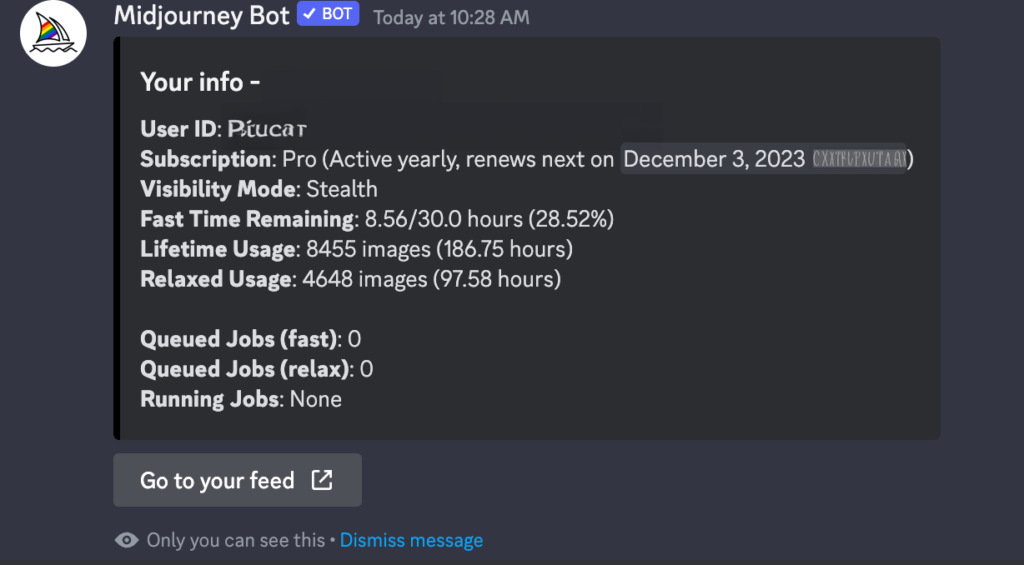
In a groundbreaking study, researchers have harnessed the power of deep learning to significantly advance the field of material science. By scaling up machine learning for materials exploration through large-scale active learning, they have developed models that accurately predict material stability, leading to the discovery of a vast array of new materials.
The Approach: GNoME and SAPS
Central to this achievement is the Graph Networks for Materials Exploration (GNoME) framework. This involves the generation of diverse candidate structures, including new methods like symmetry-aware partial substitutions (SAPS), and the use of state-of-the-art graph neural networks (GNNs). These networks enhance the modeling of material properties based on structure or composition.
Unprecedented Discoveries
The GNoME models have unearthed over 2.2 million structures stable with respect to previously known materials. This represents an order-of-magnitude expansion from all previous discoveries, with the updated convex hull comprising 421,000 stable crystals. Impressively, these models accurately predict energies and have shown emergent generalization capabilities, enabling accurate predictions of structures with multiple unique elements, previously a challenge in the field.
Efficient Discovery and Validation
The process involves two frameworks: generating candidates and filtering them using GNoME. This approach allows a broader exploration of crystal space without sacrificing efficiency. The filtered structures are then evaluated using Density Functional Theory (DFT) computations, contributing to more robust models in subsequent rounds of active learning.
Active Learning and Scaling Laws
A core aspect of this research is active learning, where candidate structures are continually refined and evaluated. This iterative process leads to an improvement in the prediction error and hit rates of the GNoME models. Consistent with scaling laws in deep learning, the performance of these models improves significantly with additional data, suggesting potential for further discoveries.
Impact and Future Prospects
The GNoME models found 381,000 new materials living on the updated convex hull and identified over 45,500 novel prototypes, demonstrating substantial gains in discovering materials with complex compositions. Additionally, the similarity in phase-separation energy distribution compared to the Materials Project validates the stability of these new materials.
This study represents a significant leap in the field of material science, demonstrating the potential of deep learning in discovering new materials. The GNoME models’ capability to predict the stability of a vast array of materials paves the way for future advancements in various scientific and technological domains.
Why It Matters
The discovery of over 2.2 million new stable materials using deep learning signifies a pivotal advancement in materials science. This technology opens up new avenues for innovation across numerous industries, including energy, electronics, and medicine. The efficient and accurate prediction models streamline the material discovery process, reducing the time and resources traditionally required for such endeavors. This revolution in material discovery stands to significantly impact future technological advancements, making this research not only a scientific breakthrough but a cornerstone for future developments in various fields.





